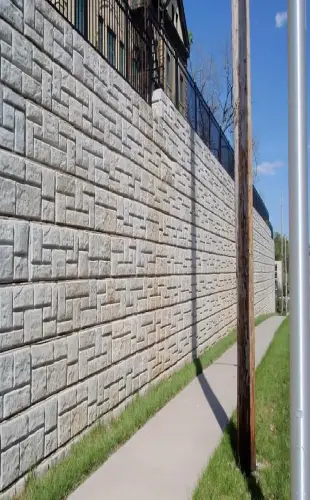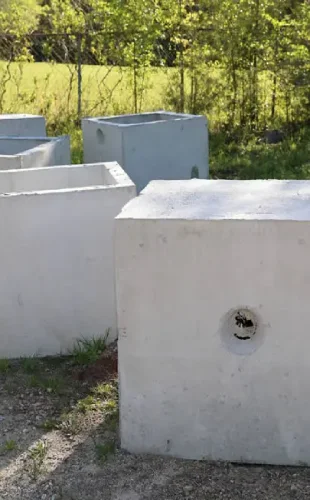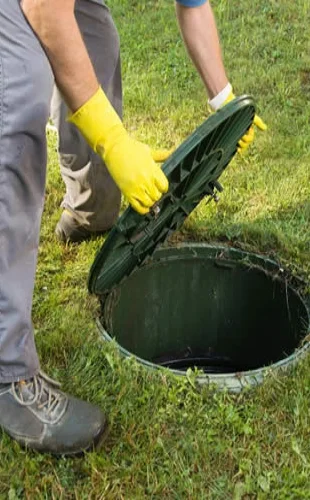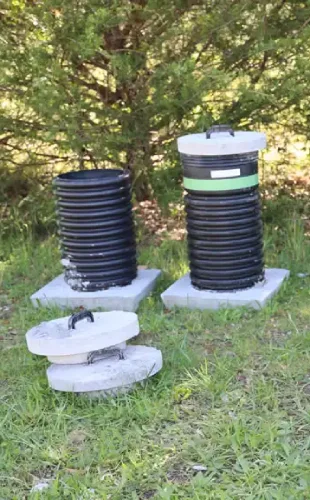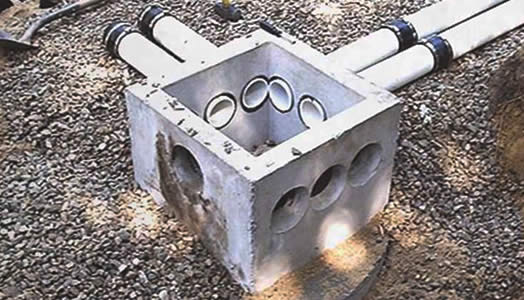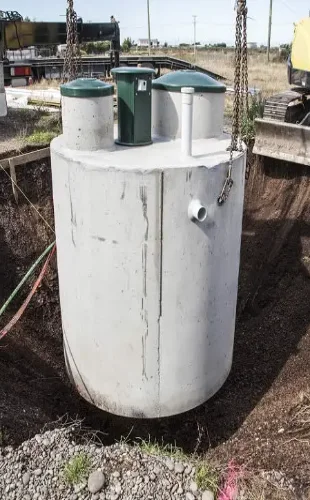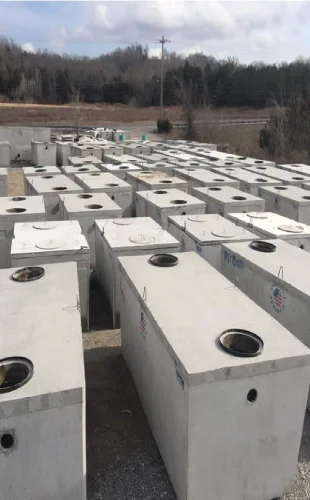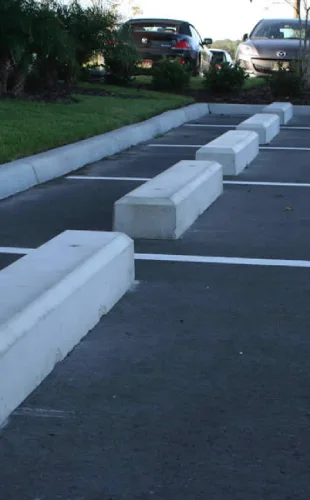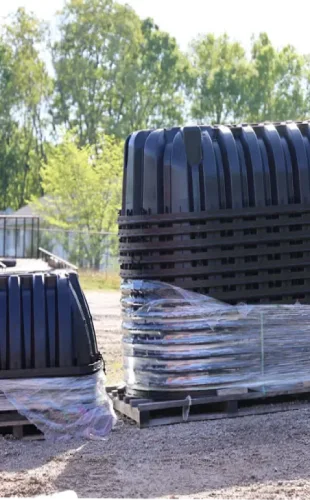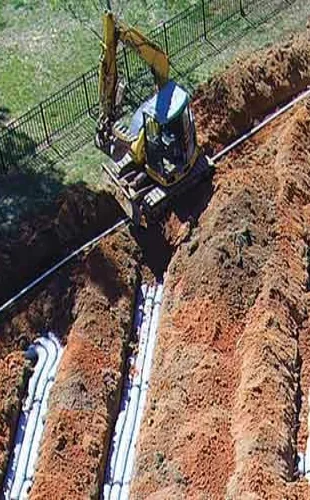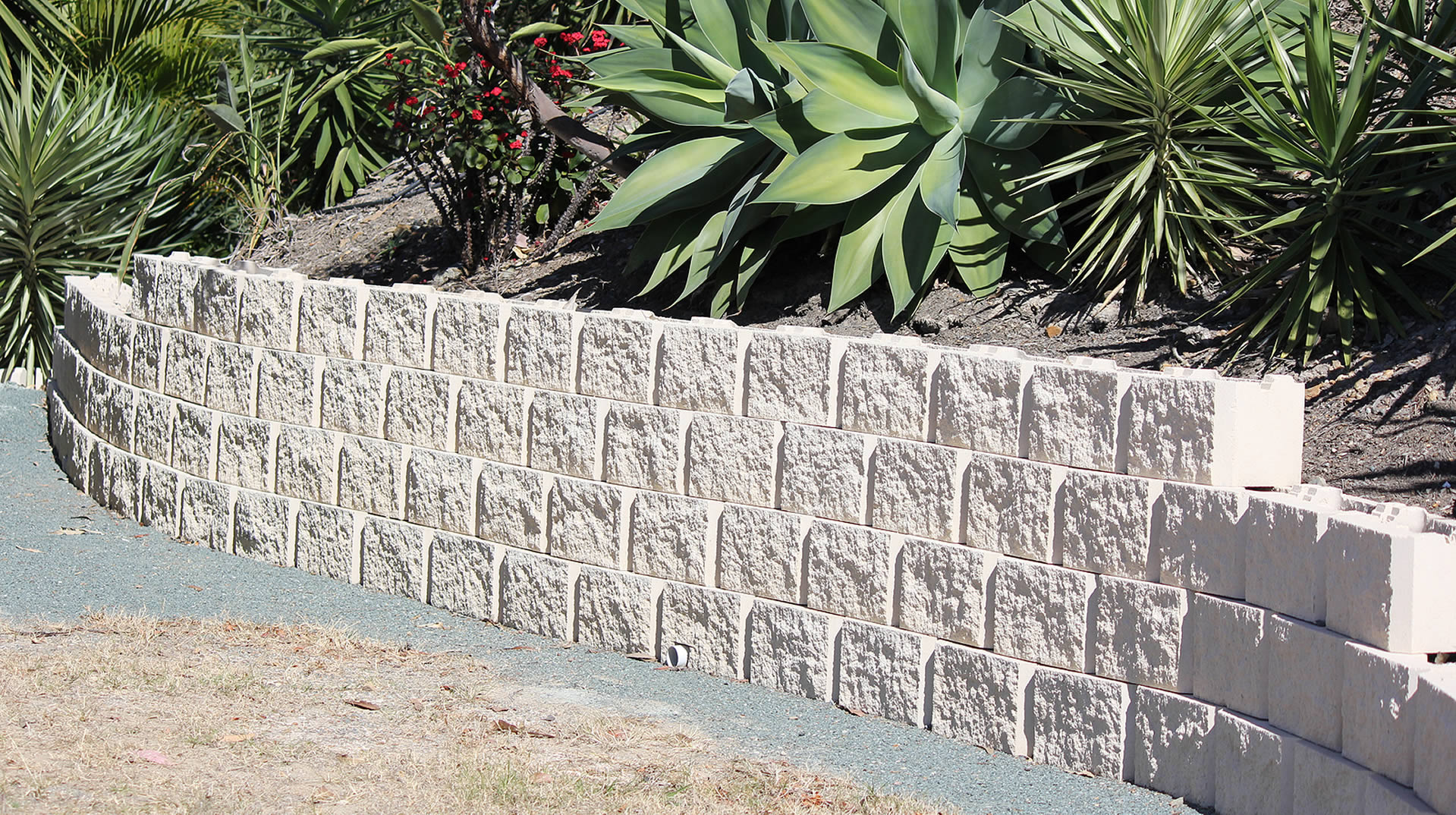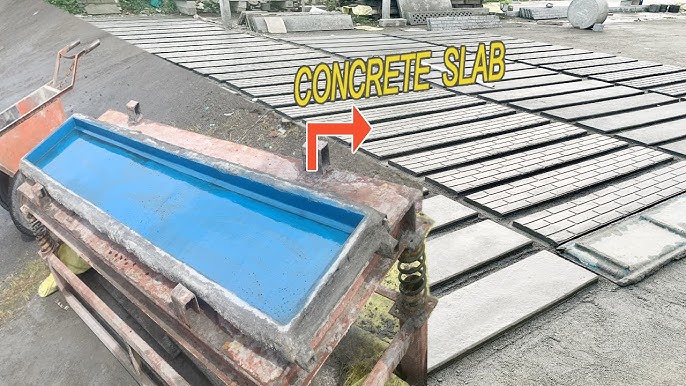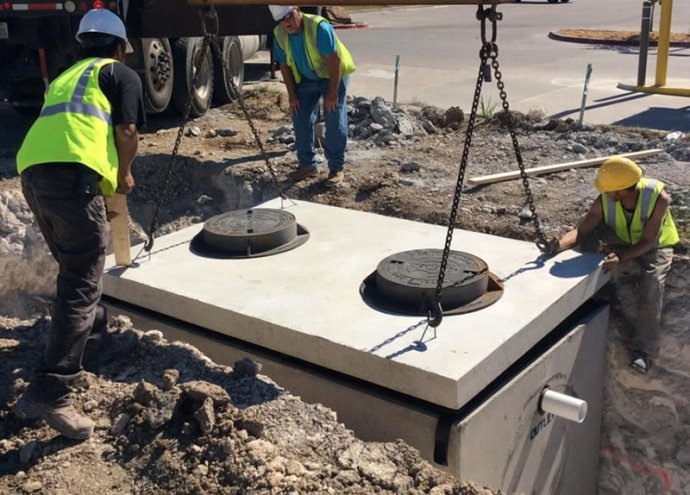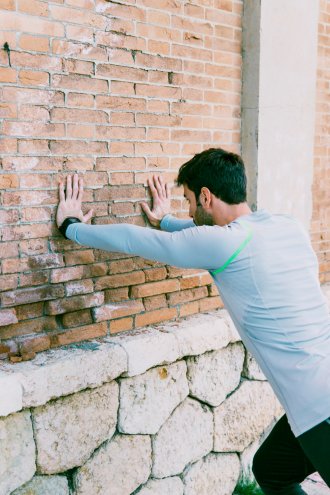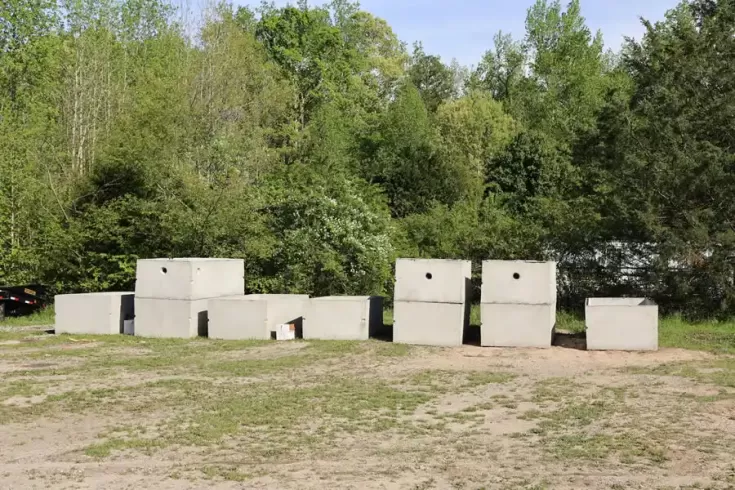Here at Garrett Precast, we manufacture and supply a wide range of precast concrete products, including retaining walls in Anderson, SC, seawalls, concrete parking stops, and many more. We are conversant with the process of manufacturing precast concrete panels. If you’ve been wondering how these panels are made, you’ve come to the right place.
The Process of Making Precast Concrete Panels
Step 1: Design and Engineering
As with other concrete structures, the first step entails engineers or designers working together to come up with specifications for precast concrete panels. They create detailed blueprints while considering factors like load-bearing capacity and surface finishes. The initial stage has a huge impact on the final product, so it has to be done with a keen eye on the details. The design can make the difference between a successful precast project and a costly failure.
Step 2: Formwork Preparation
With the design in place, the next step is the preparation of molds or forms that will be used to shape the concrete panels. This is an important step as it has a direct impact on the final panel’s shape and surface finish. The goal is to achieve smooth and well-defined panel surfaces.
Step 3: Reinforcement Placement
Next, the reinforcing steel is carefully positioned within the formwork. These steel bars provide tensile strength to the concrete. They are arranged in cages or mats to ensure proper distribution and structural integrity. Sometimes, pre-stressed tendons are used instead to add another layer of strength.
Step 4: Concrete Mixing and Pouring
After the formwork and reinforcement have been put in place, the concrete is mixed in precise proportions of cement, aggregates, water, and any admixtures. The concrete is then poured into the prepared forms.
Step 5: Curing
The poured concrete undergoes a curing process to allow it to develop its full strength and durability. This process can take anywhere from a few days to several weeks, depending on environmental conditions and the desired strength requirements. It should never be rushed; otherwise, the concrete may not achieve its full potential. Precast concrete panels that have been cured properly are durable, resistant to weathering, and capable of withstanding significant loads.
Step 6: Stripping
Compression tests are performed to determine if the concrete has achieved the required strength. The panels are then removed from the molds, ready for finishing. The stripping process should be handled with a lot of care to prevent damage to the panels.
Step 7: Finishing
At this point, the panels are ready for finishing touches. They might be sandblasted to expose aggregates and create texture or acid-etched to create a desired architectural look. It’s at this stage that the panels truly take on their final character. If there are any minor defects, they are addressed now. Once completed, the panels are stored and prepared for transportation to the construction site.
Garrett Precast: Supplying Quality Precast Concrete Panels
Are you looking for a precast company? Contact Garrett Precast today. We take great pride in supplying quality precast concrete products that are manufactured to the highest industry standards. We’ve heavily invested in the latest precast technology and a team of highly trained and experienced professionals. Moreover, we deliver products on time and within budget to ensure your project stays on track. Contact us today to place your order and learn more about the precast products we offer.
